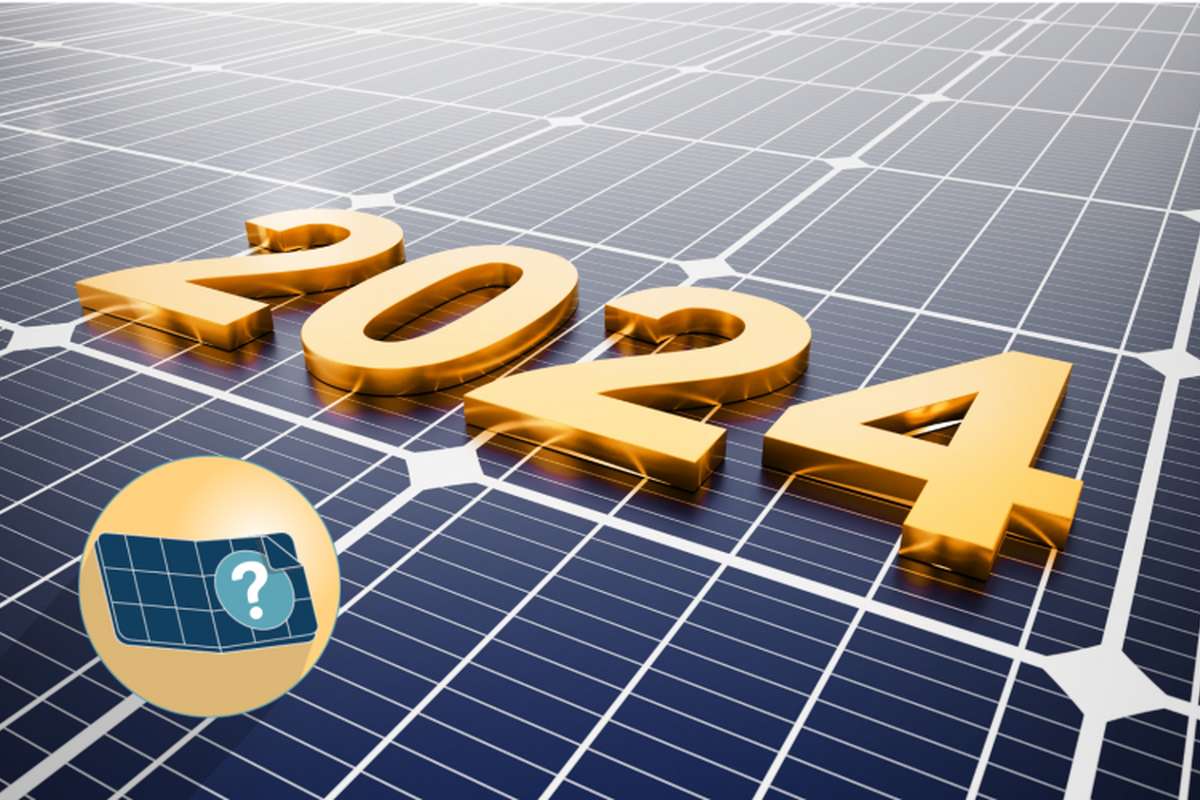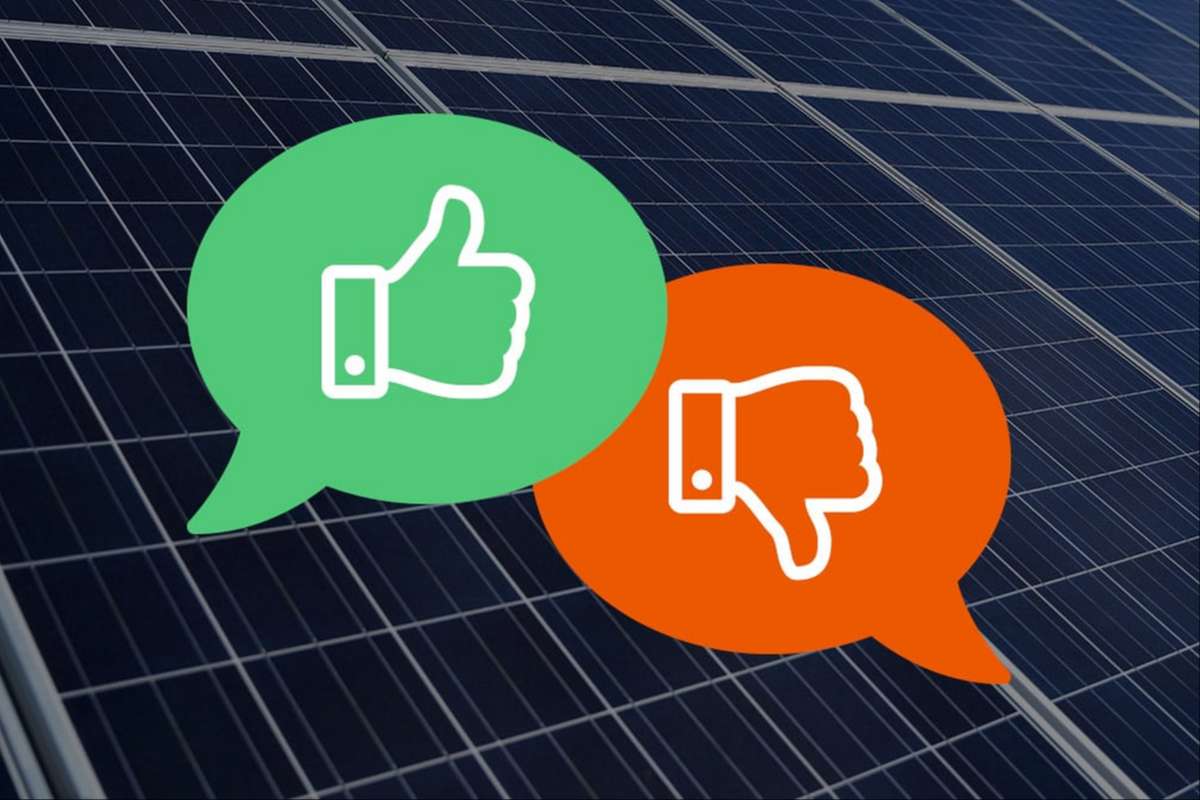The typical American household requires about 15 to 19 solar panels to cover the average monthly electricity usage of 893 kWh.
After applying the federal solar tax credit, the installation cost for this number of panels ranges from $12,000 to $17,000. However, your specific energy needs may differ from the national average, and various factors can influence the number of panels required.
In this article, we’re going to show you some tips that will help you determine how many solar panels you need for your house.
Factors that Affect Your Solar Panel Requirement
To accurately determine the number of solar panels needed for your solar energy system, you should consider these key factors:
Your Energy Usage
The amount of electricity you consume directly impacts the number of solar panels required. Higher electricity usage means you’ll need more panels to cover your energy needs.
Sunlight in Your Area
The amount of sunlight your location receives is crucial. Areas with less sunlight need more panels to produce the same amount of energy as areas with more sunlight. For instance, homes in the southwestern U.S. generally need fewer panels compared to those in the northeast due to higher sun exposure.
Panel Wattage
The wattage, or power rating, of the solar panels you select affects their energy output. Most modern solar panels have a rating of around 370 watts. Choosing higher-wattage panels can reduce the total number of panels you need.
By understanding these aspects, you can make a more informed decision about the size and composition of your solar panel system.
Step-by-Step Guide for Determining the Number of Solar Panels You Need
Determining the number of solar panels needed for your home is a straightforward process once you know your energy usage and the amount of sunlight your area receives.
Here are the steps you should follow:
Step 1: Determine How Much Energy You Use
Look at your most recent electricity bill to find your monthly consumption, typically listed in kilowatt-hours (kWh) at the bottom of the bill.
For a more accurate estimate, gather your electricity bills from the past 12 months. Yearly usage provides a clearer picture since energy consumption varies with the seasons. The average U.S. household uses about 900 kWh per month, or 10,800 kWh annually.
Even if you only have one utility bill, it can still give you a rough idea of your energy needs. Just make sure to note whether you’re using a monthly or annual figure for later calculations.
Step 2: Check the Amount of Sunlight Your House Gets
Understanding the amount of sunlight your area receives is crucial in determining how many solar panels you’ll need. Sunlight intensity is measured in peak sun hours, which reflect the strength of solar radiation in a specific location.
The average daily peak sun hours in the U.S. is around 4.2, equating to about 128 peak sun hours per month. However, this can vary significantly across different regions.
For instance, Arizona enjoys up to seven daily peak sun hours, while Alaska averages around two peak sun hours.
The key takeaway is that the more peak sun hours your area receives, the fewer solar panels you’ll need to meet your energy requirements. This is because higher sunlight intensity translates to more solar energy being captured and converted into electricity by each panel.
Step 3: Check the Total Amount of Energy Produced by Solar Panels in Your Area
To calculate the potential electricity output of a solar panel in your area, you’ll need to use the number of peak sun hours your location receives. Here’s how to do it:
- Find the panel’s wattage. Start with the wattage size of a solar panel, which is typically measured in watts (W).
- Multiply the panel’s wattage by the number of peak sun hours your area receives in a month. This gives you the total watt-hours (Wh) of electricity the panel can produce monthly.
- Since your energy usage on electricity bills is usually measured in kilowatt-hours, convert the panel’s output from watt-hours to kilowatt-hours. You do this by dividing the total watt-hours by 1,000 (since 1 kWh = 1,000 Wh).
For example, if a solar panel is 300 watts and your area gets 150 peak sun hours per month, the panel can produce 45,000 watt-hours or 45 kWh per month (300 watts x 150 hours ÷ 1,000).
This calculation helps you estimate the monthly electricity production of a single solar panel, allowing you to gauge how many panels you’ll need to meet your energy needs.
Step 4: Calculate Your Total Solar Panel Requirement
Now that you know your energy consumption and how much energy a single solar panel can produce in your area, you can calculate the number of solar panels needed to power your home.
Simply divide your total energy usage by the amount of electricity one solar panel can generate. This gives you the number of panels required to meet your electricity needs.
For an average U.S. home, the calculation might look like this:
If a home consumes 900 kWh per month and one solar panel produces 48.4 kWh per month (based on your area’s peak sun hours and the panel’s wattage), then:
900 kWh (consumed) / 48.4 kWh (generated by one panel) = approximately 19 panels.
This is how you determine the number of solar panels required to power your home.



